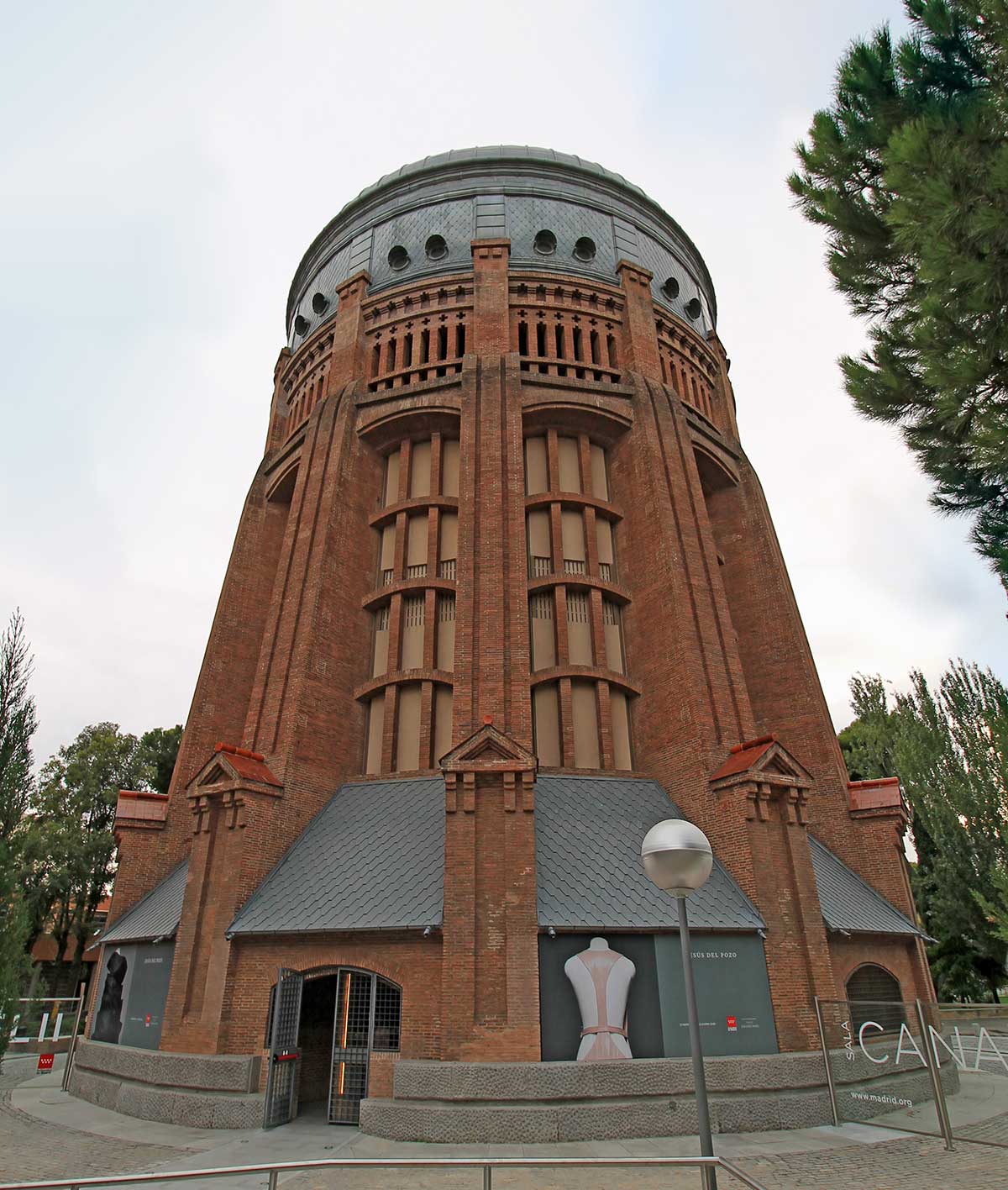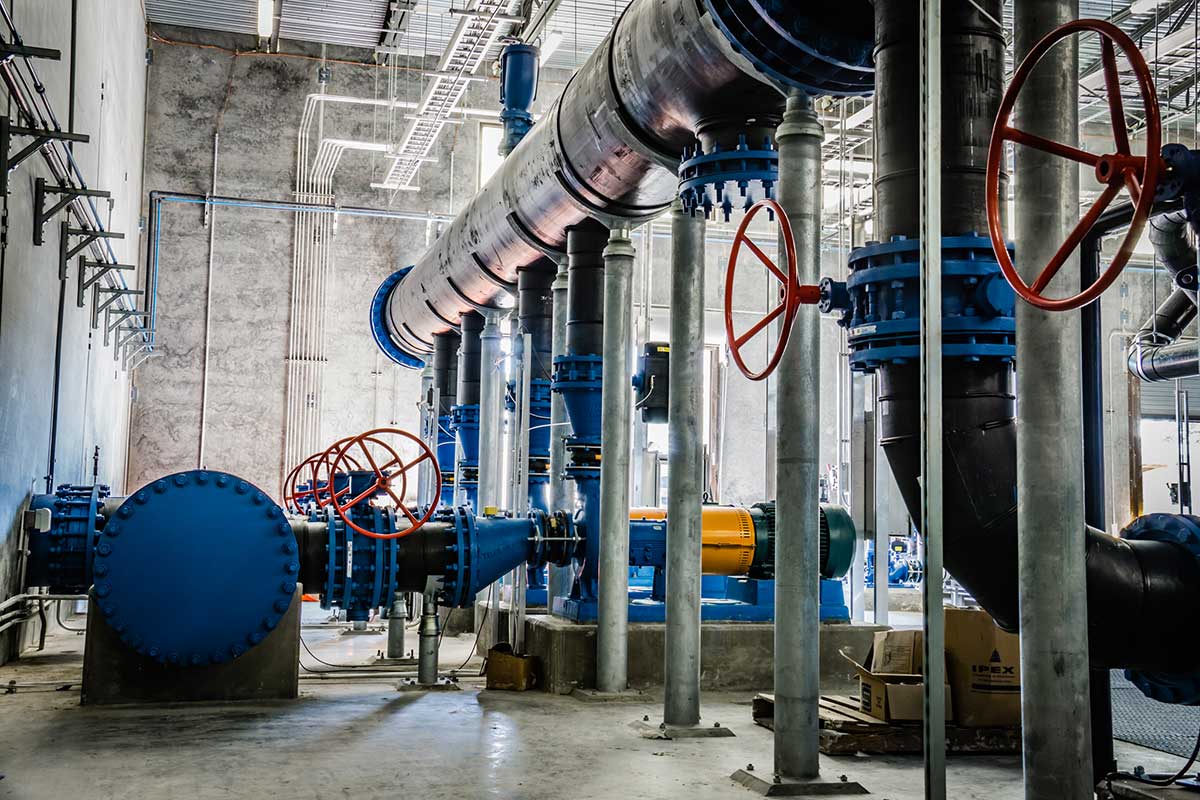Since ancient times, the force of gravity has been used to convey water from a high point to a lower one. To do this in the opposite direction, different lifting systems were used, such as manual propulsion, animal propulsion or the force of the watercourses, by means of waterwheels or mills. In general, these methods used open channels at atmospheric pressure.

Luis García (Zaqarbal) | CC BY-SA 4.0
However, the advent of compact and affordable pressurisation and control equipment marked a turning point in water conveyance. From that moment on, the possibilities for the design of conveyance systems multiplied.
Today, Amusement Logic uses them in the design and construction of projects such as water parks, theme parks, hotels, resorts, campsites, shopping centres and other leisure and tourism attractions.
Whether by pumping, gravity or a combination of both, the following are some of the key factors in the design of such projects:
–Piezometric height: the difference in energy between the start and end of the conveyance is a crucial factor determining whether the conveyance can be by gravity or whether pumps are required.
–Topography: in steep terrain, gravity conveyance has limitations and may require the construction of additional safety features, in contrast to pumped routes, which offer more flexibility.
–Pressure and flow control: pressurisation equipment offers significant advantages in terms of network control compared to the rigidity of a gravity system, a key factor in complex networks with variable flows.
–Definitive designs: pressurised networks are more easily modifiable and expandable, whereas gravity systems are sometimes sufficient for installations with consolidated consumption.
–Electricity supply: lack of electricity will require gravity conveyance to ensure a reliable water supply.
–Reserve requirements: Unreliable water supplies, whether gravity or pumped, require the use of reserve reservoirs to ensure delivery.
In terms of maintenance of supply networks, the following are the differences between gravity and pressurised systems:
–Gravity systems: these are simpler, with simple equipment and a low number of start-ups, resulting in low maintenance and requiring periodic leak checks and valve repairs. It is crucial that these systems incorporate a pressure monitoring system throughout the network to identify anomalies.
–Pressurised systems: these are more complex, with equipment often incorporating electronic start-up and/or control devices, which requires specific maintenance. They also require additional control elements, such as pressure relief valves or hydro-pneumatic tanks, which also require maintenance.
Amusement Logic studies the particularities of each leisure and tourism project, whether it is a water park, a theme park, hotels, resorts, campsites, shopping centres, etc., to decide the best water conveyance solution, according to the design requirements.
By Juan Carlos Soria, senior MEP engineer in Amusement Logic’s Architecture Department.






